AO Edited
The Caterpillar Lab
This curious and colorful space invites visitors to delve into the hidden and often mind-boggling world of caterpillars.
The quaint downtown of Marlborough, New Hampshire boasts little more than a pizza joint, hardware store, and gas station. For this reason, it seems like an unlikely place to see a colorfully painted storefront and a whimsical, three-foot long, crochet caterpillar on the sidewalk.
To residents of Marlborough and surrounding towns, the Caterpillar Lab is a unique source of pride and curiosity. Although its creator, Sam Jaffe, harbored a lifelong interest in caterpillars, the lab first began to take shape in 2011, when he and his team of insect-loving crew collaborated with the Boston Children’s Musuem to create a six-day long caterpillar exhibit featuring live caterpillars and moths.
While the lab continues to travel across New England to lead educational workshops, in-school programs, and exhibits, their permanent home is here in Marlborough, where curious visitors can pop inside during their open community hours and get up close and personal with all manner of things that wriggle, crawl, squirm, and fly.
The lab believes in a hands-on approach to biology, encouraging children and adults alike to learn via exploration and interaction. Upon entering the lab, visitors can peer at caterpillars under the high-powered lens of a microscope, or gently hold one of the creatures on the tip of their finger or in the palm of their hand.
The lab’s staff are quick to show off both their superstar species—such as the luna moth and giant cecropia—as well as those that are often overlooked, like leaf miners and the bane of all gardeners: the hissing, spitting tomato hornworm.
At one station, children can peer through a magnifying glass as clusters of tiny caterpillars disguise themselves by attaching flower petals to their backs. At another, a staff member pokes an assuming tree branch—only for the branch to quake, revealing a teeming layer of hidden caterpillars that are exactly the same color as the bark.
While some of these defense mechanisms seem like they might be more at home in a tropical rainforest, almost all the insects at the Caterpillar Lab are native to New England, meaning visitors are introduced to caterpillars they’ve never met before, despite living in their own backyards.
The lab is full of books, artwork, mobiles, and, of course, ginormous, realistic crocheted caterpillars, courtesy of artist Jenna Wingate. They also sell a plethora of caterpillar-themed merchandise, from puzzles to T-shirts to caterpillar trading cards. Their most popular item? A charming bumper sticker that reads, “I brake for Wooly Bears.”
Know Before You Go
Check their website or social media to see their current open hours. The Lab also rotates their exhibition caterpillars, so it never hurts to go again and see what new wondrous critters await!

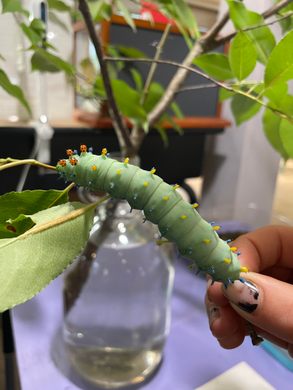
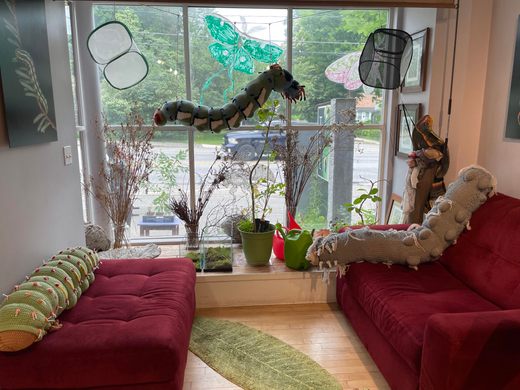
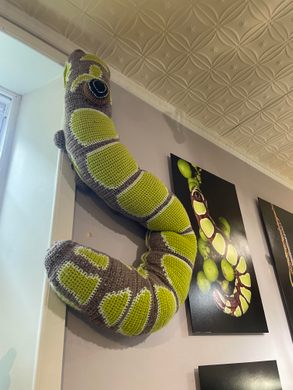

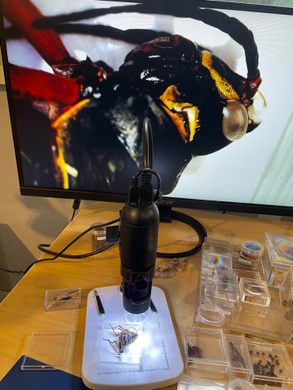
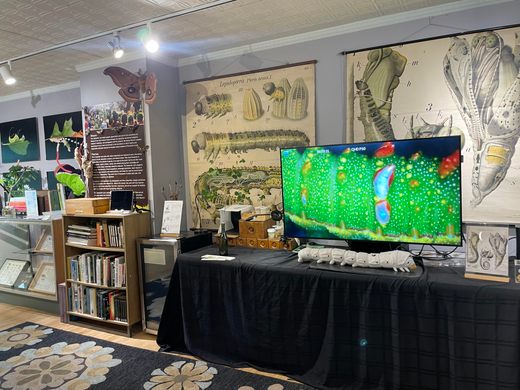
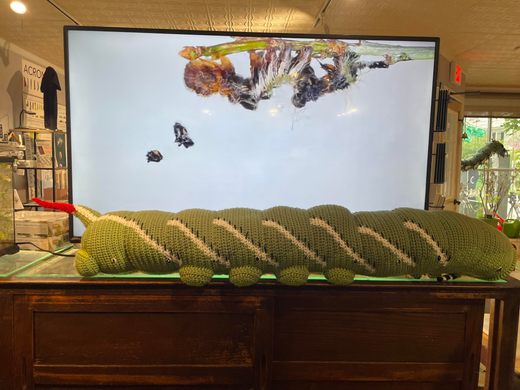






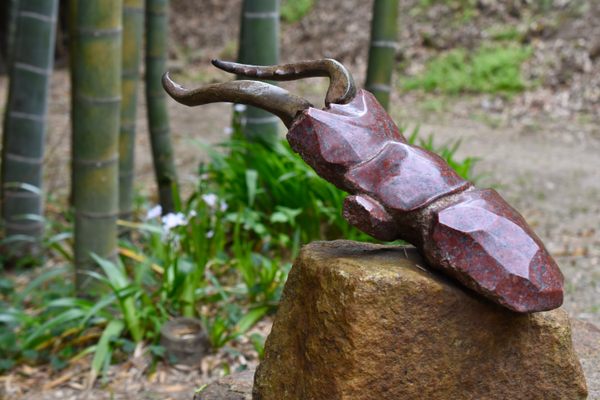




Follow us on Twitter to get the latest on the world's hidden wonders.
Like us on Facebook to get the latest on the world's hidden wonders.
Follow us on Twitter Like us on Facebook